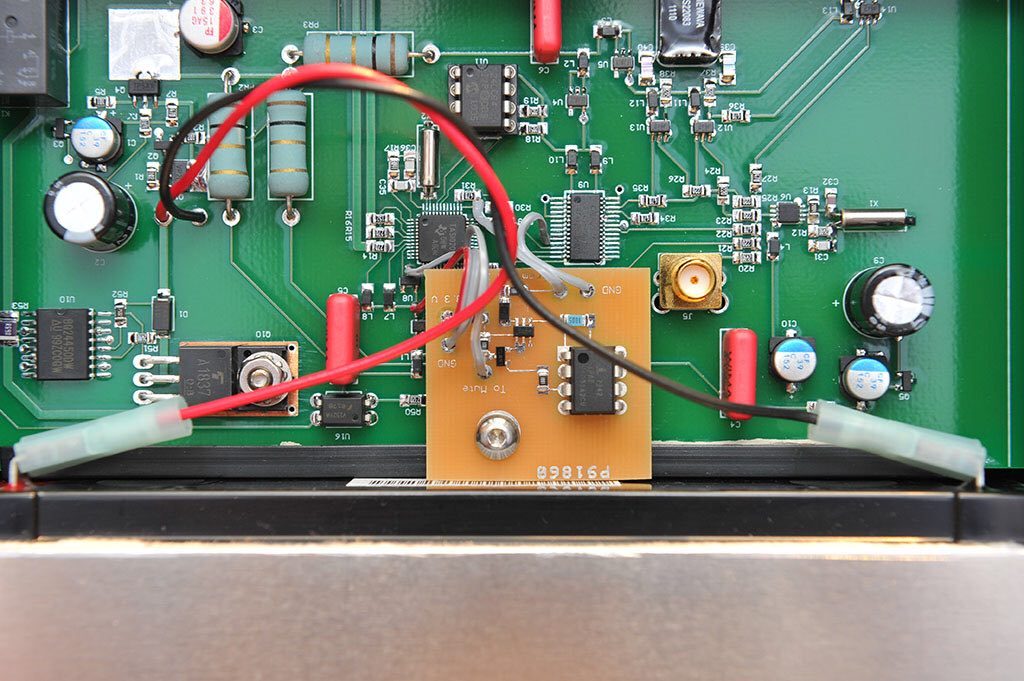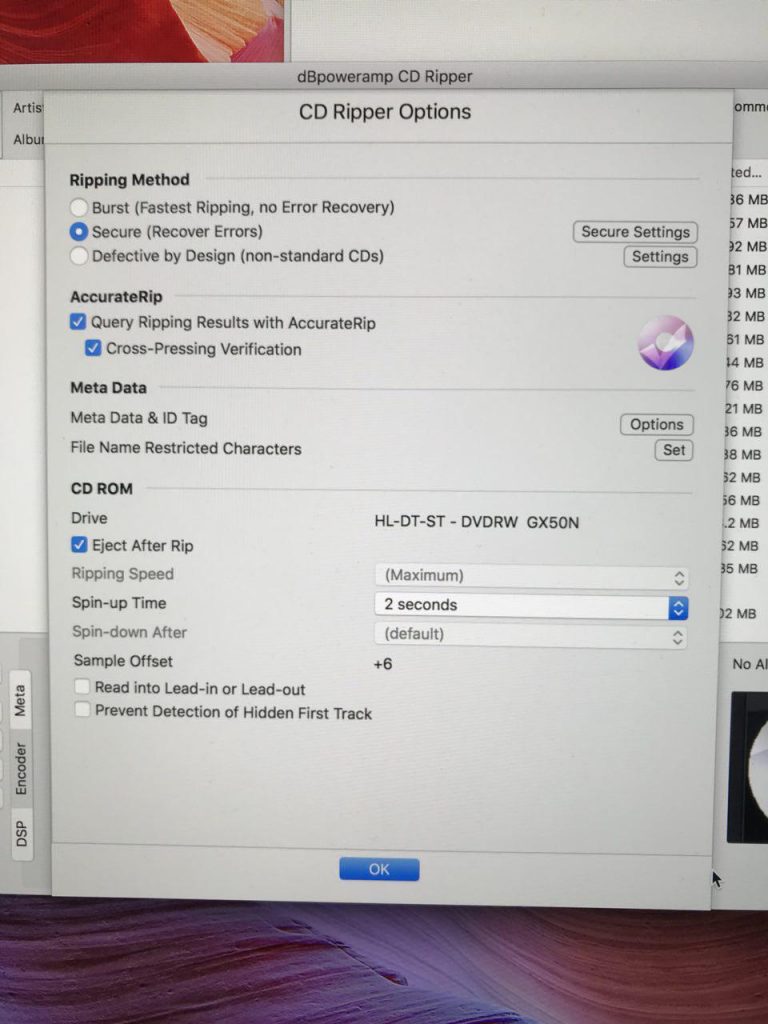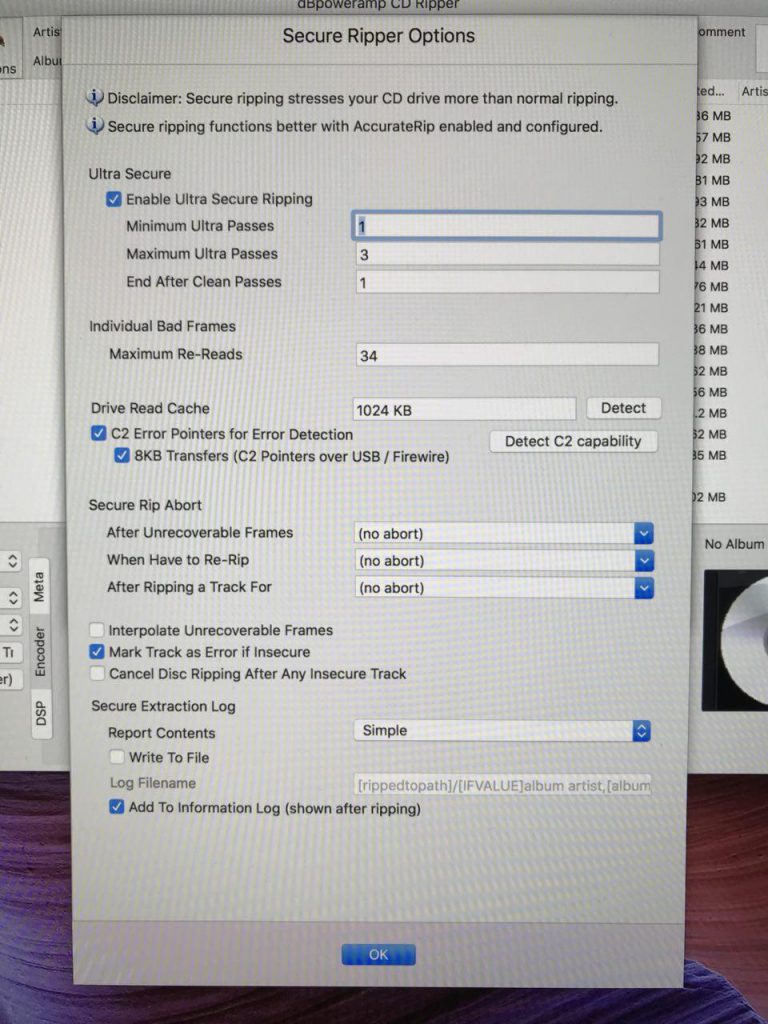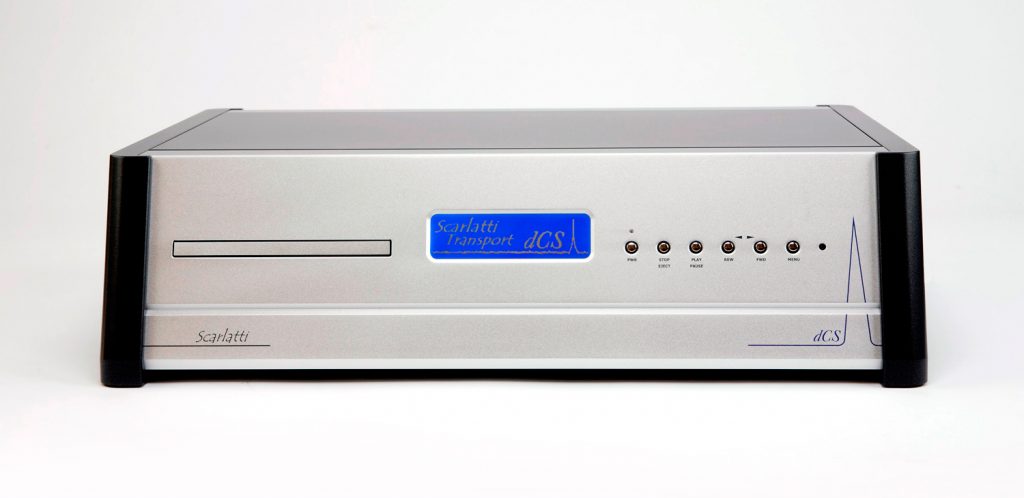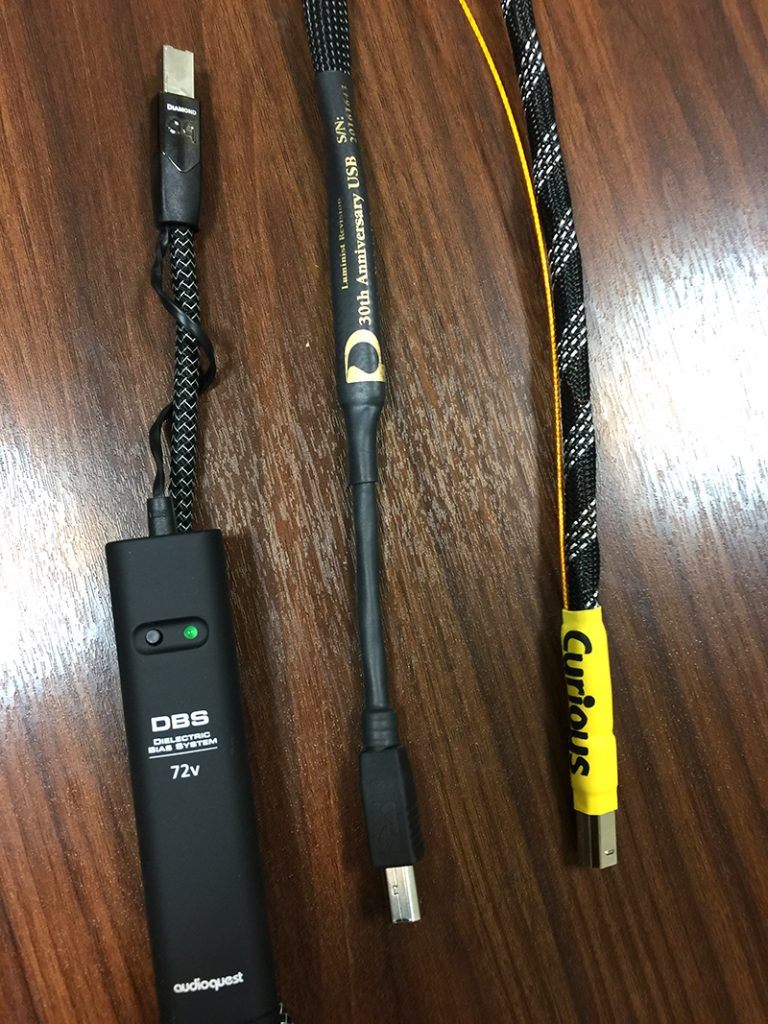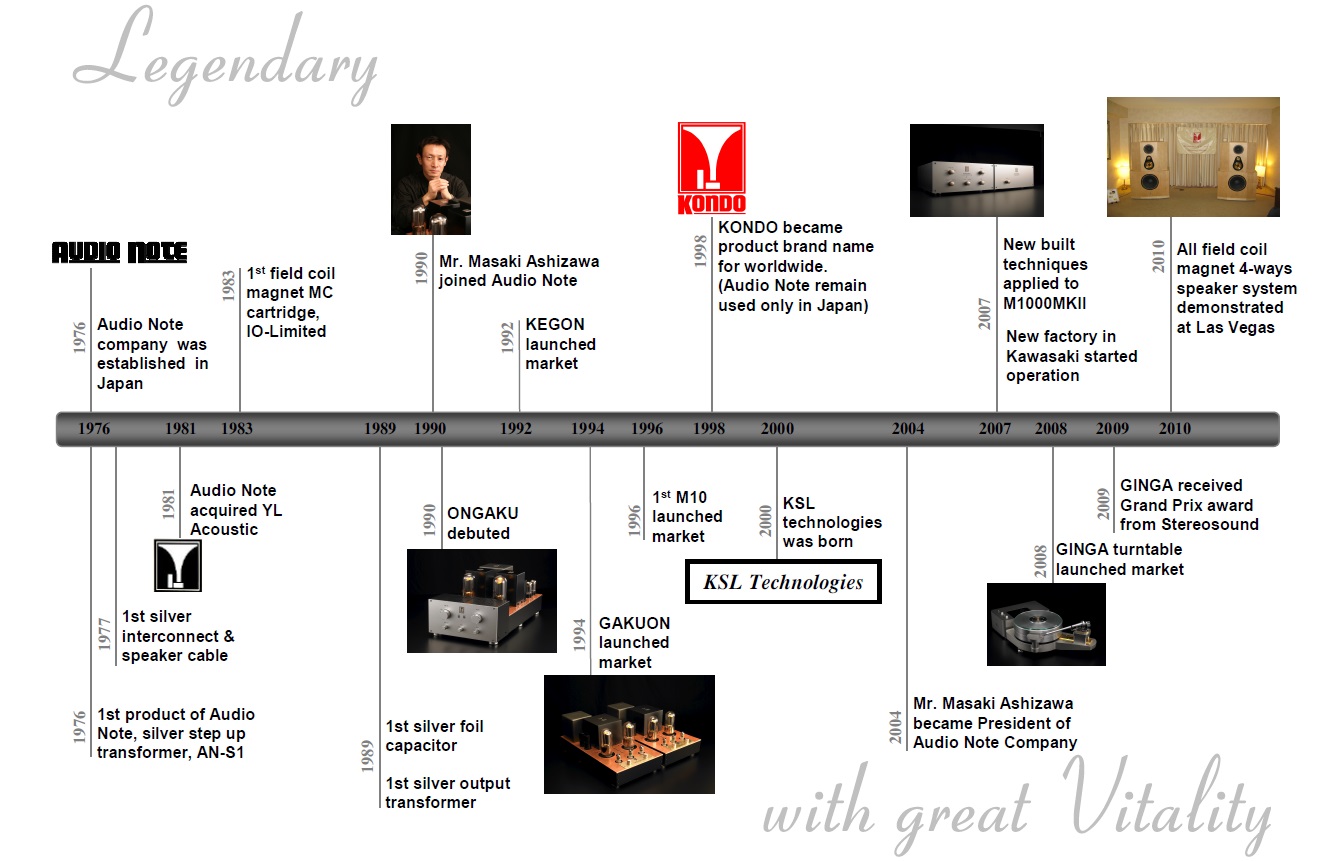قبل از شروع نصب و راه اندازی یک سیستم صوتی :
قبل از هر تغييري در اتصالات و وصل و قطع كابل ها بهتره دستگاه ها كامل خاموش باشند .
قبل از هر چیزی دستگاه ها باید از نظر سلامت چک شود و دستگاه دست دوم یا قدیمی ممکنه ایراد داشته باشه که به عنوان مثال یه امپلی فایر باید از نظر گراند لوپ داخلی یا نشت خازن روی مسیر سیگنال یا ولتاژ dc خروجی چک شود. برای چک کردن بعد از چك كردن ولتاژ ها و بعد از نصب صحیح همه دستگاه ها، ببینید روی بلندگو چه صدایی میشنوید.
برای تست دستگاه ها باید به یک پريز و یک گراند مشترک وصل باشد و تو سیستم هر دستگاه فقط از یک مسیر به گراند وصل باشد و اگر یک کابل (چه Interconnect چه کابل دیجیتال) گراند دو دستگاه را به هم وصل کند باید یکی از ان دستگاه ها موقع اتصال به برق فقط به فاز و نول برق وصل شود و گراند برق آن دستگاه به گراند پریز وصل نشود.
جالب اينكه حتي همه اتصالات اينتركانكت ها و كابل هاي برق رو از نظر گراند لوپ چك كرده باشید ولي بعد يه مدت (مثلا ۲۰۰ ساعت) ميبينيد سيستم پيوسته كار كرده صدا بد شده و مجبوريد
كل سيستم رو خاموش كنيد
اتصالات رو جدا كنيد
سيستم هارو روشن كنيد برای ۳ دقیقه
سيستم ها رو خاموش كنيد
كابل هارو وصل كنيد و يه شروع دوباره داشته باشيد.
بهتره يه sweep فركانسي از ٢٠ هرتز اهسته تا ٢٠ كيلوهرتز با كاهش دامنه تو افزايش فركانس به سيستم بديم براي دي مگنتايز.
دليل اين مساله هم ميتونه گراند لوپ داخل دستگاه ها باشه و هم دو كانال بودن چون ما دستگاه هامون استريو هست نه مونو و هر دستگاه استريو گراند هر دو كانالش به هم وصله.
در هر حال توصيه من اينه :
كل اتصالات و مسير انتقال سيگنال رو سينگل (غير بالانس RCA( استفاده كنيد البته دستگاه هایی هستن که بالانس طراحی شدن و احتمالا با بالانس بهتر میشن. هر دو حالت رو چک کنید.
تمامي لوپ هاي گراند رو حذف كنيد.
هر ٢٠٠ ساعت شايدم كمتر يكبار ببينيد قطع و وصل همه كابل ها طبق چيزي كه گفتم صدا رو سرحال مياره يا نه ، اگر صدا بهتر شد هر چند وقت اين كار رو بكنيد.
در هر حال هر دستگاه نباید از دو مسیر به گراند وصل شود. خود گراند ساختمون بهتره کیفیت خوبی داشته باشه و نباید سیم کشی بد ساختمان باعث خرابی گراند بشه. اگر در خانه شما همش لامپ ها موقع روشن شدن میسوزن احتمالا مشکل سیم کشی بد دارید. ولتاژ بين گراند و نول در حالت ايده ال بايد صفر باشد .
ولتاژ AC برق شهر در مناطق مختلف ممكنه تا ١٠ ولت فرق كنه مثلا ٢٣٠ ولت تا ٢٢٠ ولت و حتي در ساعات شبانه روز هم من ديدم تا ٥ ولت تفاوت داشته. مثلا ساعت ٤ صبح ٢٣٠ ولت و ساعت ١١ شب ٢٢٧ ولت.
ولتاژ DC بين فاز و نول هم تو چند ساختمون مختلف تست كردم ١٥ ميلي ولت بود .
ولتاژ AC بين گراند و نول هم تو ساعات مختلف شبانه روز ممكنه فرق كنه و عددش تو واحد ما بين ١/١٥ در ساعات ٤ صبح تا ٢ ولت در ساعات پيك مثل ١٠ شب تغيير ميكرد.
براي از بين بردن ولتاژ DC بين فاز و نول بايد از ترانس ايزوله ١ به ١ استفاده كنيم كه بهتره بالاي 5kw باشه و براي كاهش اختلاف ولتاژ بين نول و گراند بايد سيم كشي با كابل ضخيم مستقيم از كنتور بياد بصورت شيلد كامل و گراند هم اختصاصي تو حياط درست كنيم.
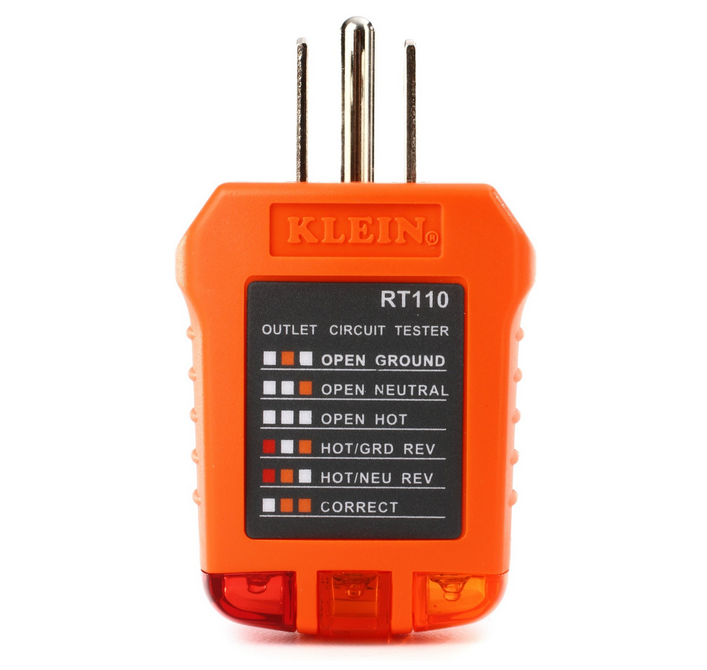
Checking for Earth ground on your receptacles is quite easy. All you need is an AC line tester like the one pictured below. You can purchase one of these AC line testers for about $10 at most home improvement stores, hardware stores, and electronics stores. They not only tell you if your receptacle is properly grounded, they also tell you if the AC line and load wires are properly phased or reversed. Just plug it into a receptacle and and read the LEDs. Easy peasy.
https://www.mojo-audio.com/blog/audiophile-grounding/
http://www.ecmweb.com/content/diagnosing-power-problems-receptacle
نویز و هام در سیستمهای صوتی (بخش سوم)
مورد بعدی برای وصل کابل های برق حتما پولاریتی برق هر دستگاه رو ببینید تو کدوم حالت درسته و همه دستگاه ها رو بعد از تشخیص پولاریتی درست به هم وصل کنید.
دو نكته مهمه يكي اينكه حتما با ولتمتر دقیق اندازه گيري بشه چون دقت فازمتر ديجيتالي كمه و دوم اينكه حتما دستگاه روشن باشه.
پولاریتی برق دستگاه
بعد از نصب همه دستگاه ها اگر روی بلندگو وقتی سورس شما موزیک پخش نمیکنه (حالت STOP) و با چسبوندن گوشتون به بلندگو فقط و فقط نویز سفید یا پینک نویز میشنوید که اون نویز با تغییر ولوم افزایش و کاهش داره میشه گفت کل سیستم سالم هست. صدای نویز سفید یا پینگ نویز تو اینترنت هست و میتونید بشنوید و مثل صدای ششششش هست. یه حالت ملایم داره که همه فرکانسها رو دربر میگیره و این نویز سفيد يا پينك هرچقدر بیشتر باشه نشونه بدي نيست چون دستگاه هایی که فیدبک منفی کمتری دارند این نوع نویز رو میشنویم. هر دو کانال باید نویزشون یه اندازه باشه.
در این حالت اگر وقتی همه دستگاه ها روشنه و یک دستگاه رو اون وسط خاموش کنید و از برق بکشید اگر هنگام جدا کردن کابل برق اون دستگاه (چه وقتی کابل های سیگنال بهش وصل هست یا وصل نیست در هر کدوم از دو حالت) نویزی روی بلندگو نیاد یعنی اون دستگاهها در داخل گراند لوپ یا مشکل داخلی ندارند.
هر ایجاد نویزی موقع خاموش روشن کردن یا جداکردن کابل برق دستگاه خاموش (چه زمانی که همه اینترکانکت ها بهش وصله چه زمانی که کابلی بهش وصل نیست) نشونه مشکل در سیستم هست.
این نویز هایی که میگم (غیر از وایت نویز یا پینک نویز) طوریه ممکنه شنونده مجبور باشه گوشش رو به بلندگو نزدیک کنه و حتی مقدار کم نویز هم باعث کاهش داینامیک میشه.
اگر نویز حالت BUZZ یا HUM داره سیستم شما مشکل داره و حداقل یکی از دستگاه ها داره خرابکاری میکنه.
اگر نویز BUZZ یا HUM با تغییر ولوم زیاد و کم میشه نشون میده که یکی از اجزاش مثل خازن در مسیر سیگنال خرابه و اگر با تغییر ولوم زیاد و کم نشه مشکل از منبع تغذیه هست که در هر دو حالت دستگاه باید بره سرویس و حالت دوم یکم بدتره.
به هيچ وجه حتي اگر اين نوع نويز كم باشه اون دستگاه رو نگه نداريد و حتما بفرستيد سرويس بشه . سيستم هاي با فيدبك منفي كم و بلندگوي حساسيت بالا خيلي بهتر اين ايرادات رو نشون ميدن .
نکته اساسی اینجاست نمیشه با قطع کردن اتصال یک دستگاه (منظورم اینترکانکت های متصل به اون دستگاه هست) بفهمیم ایراد از اون دستگاه هست یا نه مگر اینکه اون دستگاه رو بطور کامل از برق و گراند و همه اتصالات جدا کنیم و ببریم یه گوشه بزاریم و یه دستگاه دیگه جاش بیاریم.
هر دستگاهی وقتی روشنه خروجیش نباید ولتاژ dc داشته باشه و از این نظر لامپی ها بخاطر داشتن ترانس خروجي خیالمون ازشون راحته که ولتاژ خروجی dc نمیدن که بزنه بلندگو یا دستگاه بعدی رو خراب کنه. حتما این مورد رو با ولتمتر دیجیتال براي خروجي همه دستگاه ها چک کنید.
لامپ دستگاه ها هم بايد حتما چك بشه كه سالم باشند .
حتما وضعیت نویز رو با شنیدن بلندگو دقیق چک کنید چون درسته خود نویز موقع شنیدن موسیقی شنیده نمیشه اما عملا باعث کمپرشن داینامیک صدا میشه که تاثيرش روي صدا خیلی بد هست.
https://bottlehead.com/smf/index.php?topic=3364.0
This being a DIY electronics forum we see a lot of posts about hum or noise. And quite often I see someone chasing a problem by looking into aspects of the setup that would not create the particular kind of noise heard. So to make this noise troubleshooting process more efficient I propose a set of definitions of various kinds of noise and some suggestions as to where to look to reduce them.
Hum – this has become a catch-all phrase. Basically there are two kinds of hum, 60Hz hum and 120Hz hum (or 50hz and 100Hz in countries with 50Hz AC). Obviously one sounds an octave deeper than the other, but there are other characteristics to the sound that make them fairly easy to distinguish.
60Hz hum is a softer, more rounded sound. It is usually caused by magnetic coupling, i.e., something is picking up the radiated magnetic field of a power transformer or choke. Tubes and cables are common points of coupling. Distance is your friend here, though moving the cable or piece of gear that is picking up the hum around without adding distance from the transformer can help too. Cables that are radially symmetric like coax and high quality shielded twisted pair are better at rejecting this noise. Mounting inductors so that they are electrically isolated from the chassis can reduce eddy currents in the chassis that can add hum as well. This is done in all Bottlehead kits. Speaking of transformers, occasionally the hum is actually a mechanical vibration of the power transformer transmitted directly through the air rather than through the speakers. Tightening the transformer mounting screws can help and in more extreme cases some type of vibration damping may be necessary.
120Hz hum usually has a distinct buzzy content to it. This the buzzy content of the hum is electrostatic in nature rather than magnetic and is usually due to the power supply rectifiers’ spikes not being properly shunted to ground. Thus 120Hz buzz is often associated with ground loops or lifted grounds, and is probably the most common issue. The best way to troubleshoot this is to disconnect any input cables and short the inputs of the device in question, to see if the buzz remains or if it is actually coming from the cable or equipment ahead of the gear. If the buzz remains, you may have a ground loop with other equipment. A “cheater plug”, that converts a three prong power plug into a two prong plug, can be used to see if the problem goes away when the device is separated from the safety ground of the other gear. While this is not considered the safest method of operation and should probably not be left in this condition, it can help to establish if you have a ground loop that needs to be dealt with. The third and perhaps most common problem is that there is a cold solder joint or loose connection in the gear. Going over all of the solder joints with an iron to reflow them is a simple and most often very effective method of resolving buzzing issues. For some reason many builders are reticent to do this, to the point where they will spend several days asking for other suggestions on the forum before trying it. I have no explanation as to psychology of this, it seems about the easiest thing one could do to eliminate a problem without spending a lot of time tracing and measuring things.
Another rare occurrence that can cause 120Hz hum is a filter capacitor installed backwards. This can also cause a lot worse problems than hum as the capacitor shorts out or vents its guts all over your amp, and should be fixed before the device is powered up again.
Hiss or rushing sound – this is an entirely different phenomenon, due to self noise generated in a tube or in a SS device like a regulator. It is most often associated with preamp circuits that are amplifying very small signals. If it is due to a tube (this would be the most likely case in our kits) the solution is usually to simply replace the tube with one that is more quiet. Typically the more exotic high priced variants of a given tube are expensive because they tend to be more quiet in circuit than less expensive variants. If the rushing sound is from a regulator it may be that the regulator needs to be bypassed or that a SS component in the regulator has failed.
Crackling – this is perhaps one of the more unnerving sounds. It is usually due to an intermittent connection. That connection might be at a tube/socket interface, in which case inserting and removing the tube a few times may cure it. It may be a worn jack, in which case it is usually prudent to replace the jack. It may be a bad solder joint somewhere in the circuit, in which case the solution once again is to reheat the solder joints in the device in order to reflow any bad connections. It may also be in the cable ahead of the gear in question. Try a different cable and see if the problem goes away.
Popping – if there is a single popping sound sometime during or after warm up it may be a tube arcing over slightly as it comes up to voltage and the tube my need to be replaced. If the pop occurs exactly as the power switch is cycled on or off the solution is simply to have any equipment downstream of the device turned off when the power switch is cycled. If the popping is in a steady pattern it may be a failing capacitor which is charging to a certain potential at which point it discharges abruptly and then repeats this cycle. A capacitor in this state needs to be replaced. Tubes can do this cyclic popping as well. If it is mild it may go away as the tube heats up and its internal structure expands.
در انتها موزيك رو با چند اهنگ خوب پخش كنيد و جاي مثبت منفي كابل هر دو بلندگو رو عوض كنيد ببينيد تو كدوم حالت صدا بهتره كه به اين ميگن تشخيص فاز درست اكوستيكي. پولاريتي سيگنال چون ممكنه تو يكي از دستگاه ها عوض شده باشه اين تست بسيار بسيار لازمه و قبل از شروع اب بندي اين كار رو انجام بديد و هر دستگاه جديدي هم جايگزين ميكنيد حتما اين تست رو انجام بديد كه فاز درست مشخص بشه.
صحت فاز سیگنال
Read More
